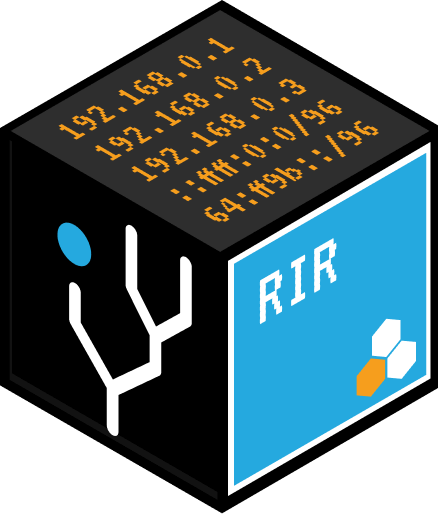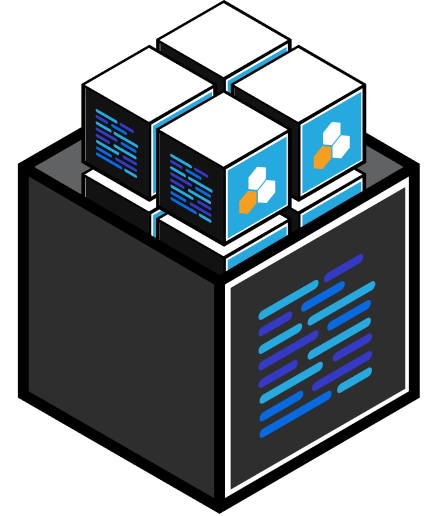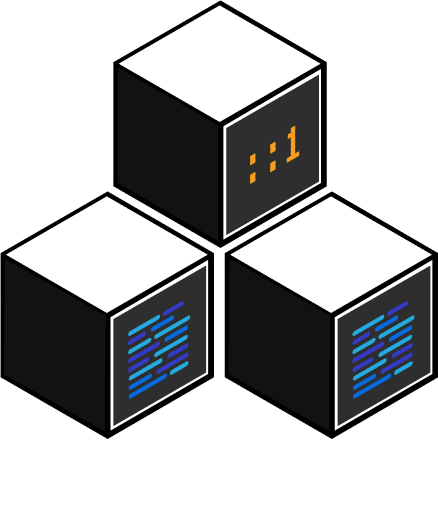
IP networks have become the medium for most commercial transactions, customer engagement, virtual workloads, and employee interactions. This makes Internet Protocol Address Management (IPAM) a core foundation of network management, bar none. But how do most network administrators still manage IP address assignments? With spreadsheets, flat files, siloed databases and hardware appliances.
This approach makes for a pretty big disconnect between the importance of IPAM and the paucity of the tool. At best, spreadsheet management undercuts your productivity and disadvantages your company competitively; at worst, it can lead to catastrophic network failure, customer alienation, and significant loss of revenue. Here are seven compelling reasons to abandon your spreadsheets in favor of a provisioning platform that augments the capabilities of conventional IPAM:
1. Future-proof your network
IP-enabled devices will exceed 10 billion, or 1.4 devices per person by 2016, while the number of network connections will reach 18.9 billion, according to a recent Cisco study. Virtual machines and other virtual devices in the data center and across underlying networks also significantly adds to the complexity of managing IP resources.
Business transactions increasingly take place online. In other words, the number of IP addresses that must be assigned and managed, and the cost of failing to manage them properly, will continue to skyrocket. Spreadsheets can’t possibly keep pace with the influx, and your company can’t afford the consequences when they fall short.
2. Improve service quality
IP address blocks are difficult to track manually, and the results are error-prone. Address conflicts result in network service disruptions, and sometimes these can be widespread and prolonged. Automated IPAM software is virtually error-free, thus eliminating this common source of downtime.
3. Increase productivity
A network administrator relying on spreadsheets can require more than 45 minutes to provision a block of IP addresses. Automated IPAM software completes the task in under 3 seconds— over 180 times faster. Because errors caused by manual provisioning are time-consuming to correct and IPAM software is virtually error-free, your actual time savings will be much greater. These savings are further multiplied when looking at entire operational teams.
4. Get more agile
Most IT departments spend 80 percent of their time and resources maintaining day-to-day operations, leaving only 20 percent for new initiatives. But automated IP management software gives you a performance improvement of better than 99 percent. That’s a significant chunk of staff time that can be reallocated from keeping the lights on to new revenue-producing projects.
5. Reduce your costs
Automated IPAM means substantial labor savings, thus allowing you to reduce your network’s OPEX. But more efficient address allocation also means better network resource utilization, thus allowing you to reduce your CAPEX as well.
6. Retain your customers
Faster, more accurate address allocation reduces your backlog and allows you to execute service requests more quickly. Faster, more accurate service translates into happier, more satisfied customers. New customers can be brought online much more quickly, and new value-added services can be brought to market much faster.
7. Grow your revenue
Automating your IP management processes can directly affect your top line. Recent studies found that network downtime costs businesses an average of $160,000 per hour in lost customers and sales. Reducing outages through automated IP provisioning can help you capture those sales. And faster, more efficient IP address management helps IT stay apace of new business demands so that new, revenue-producing services can reach market more quickly.
What’s the biggest downside to your IP management process?







